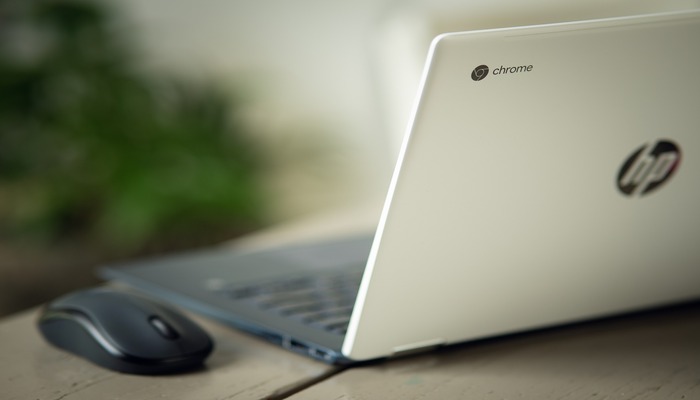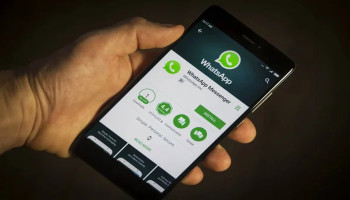
Microsoft Windows is used for various purposes such as work, gaming, and entertainment, with many versions available (Windows XP, 7, 8, 10, 11) each offering different capabilities. However, if not updated, these systems are susceptible to virus attacks, which can damage your files.
For a safer alternative, consider ChromeOS, the operating system that powers Chromebooks. It is simple and secure, capable of performing similar tasks to Windows. Chromebooks update automatically, reducing the risk of virus attacks, and typically offer better battery life.
Read more: Here’s how to back up and powerwash your Chromebook
Since Windows cannot be installed on a Chromebook, here’s how you can switch to ChromeOS.
Select the right Chromebook
Chromebooks come in a range of prices, from low-cost to premium versions, featuring options like touch screens, 2-in-1 devices, and large screen sizes. Choose a Chromebook that best suits your needs, whether for school or work.
Back up your files
Chromebooks have internal SSDs for offline storage, but with less capacity than Windows devices. Use an external hard drive or USB drive to transfer your files such as music, photos, videos, and other personal data.
When your files are stored on an external drive, connect it to your Chromebook with a cable, open the Files app, and move them to the internal drive. You can then access your files by clicking on the “Launcher button.”
Back up your Google Accounts
Sign in to your Google account to sync your passwords, bookmarks, etc., to ensure your information is safely transferred from Windows to Chromebook.
Use Google Apps as replacements
Not all Windows software and programs can be installed on ChromeOS devices, so use Google apps as alternatives. For example, use Google Docs instead of Microsoft Word and Google Drive in place of Microsoft OneDrive.
Switching to ChromeOS from Windows isn’t difficult, as there are many parallels between the two systems, making the transfer easier.
















